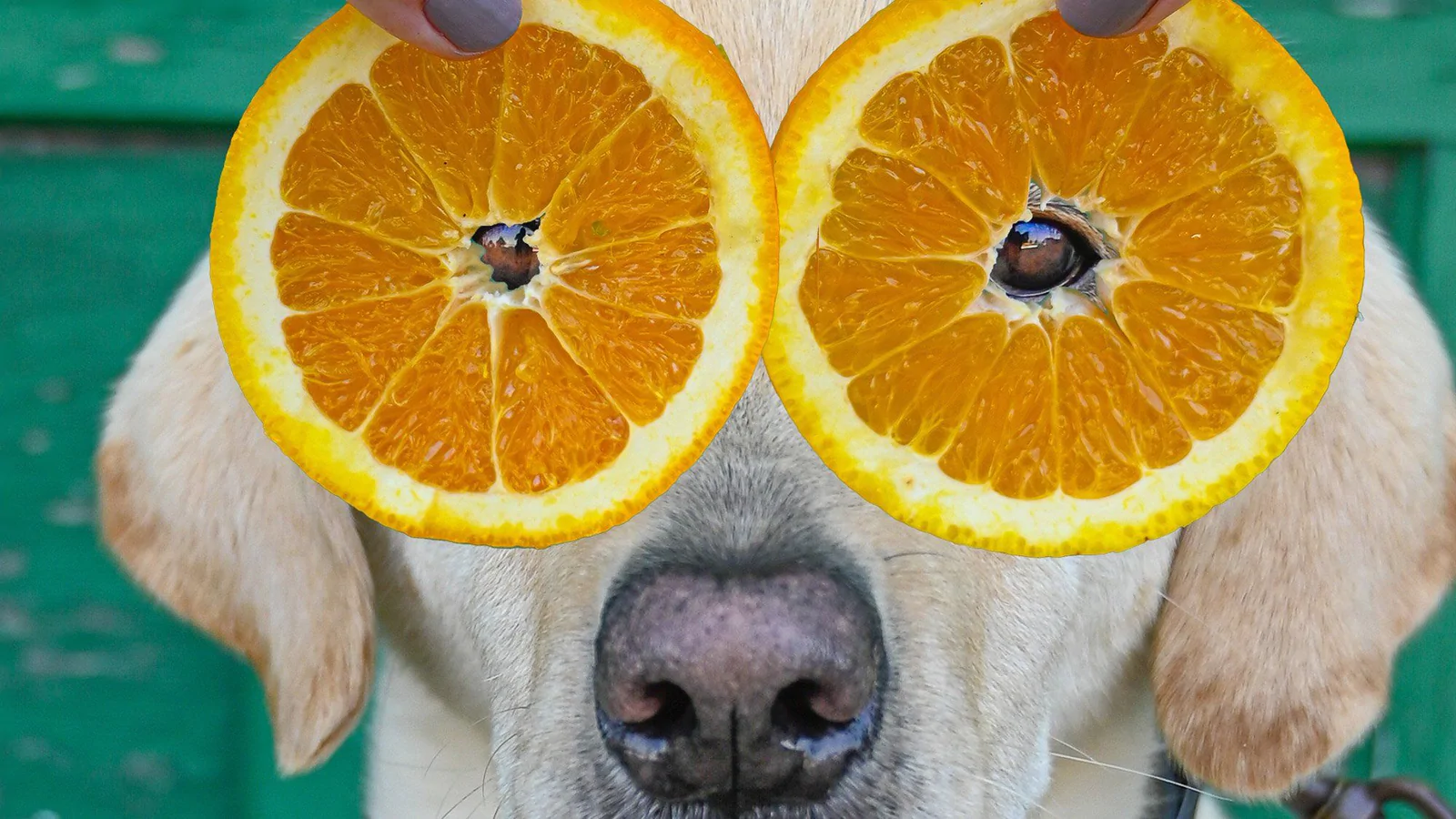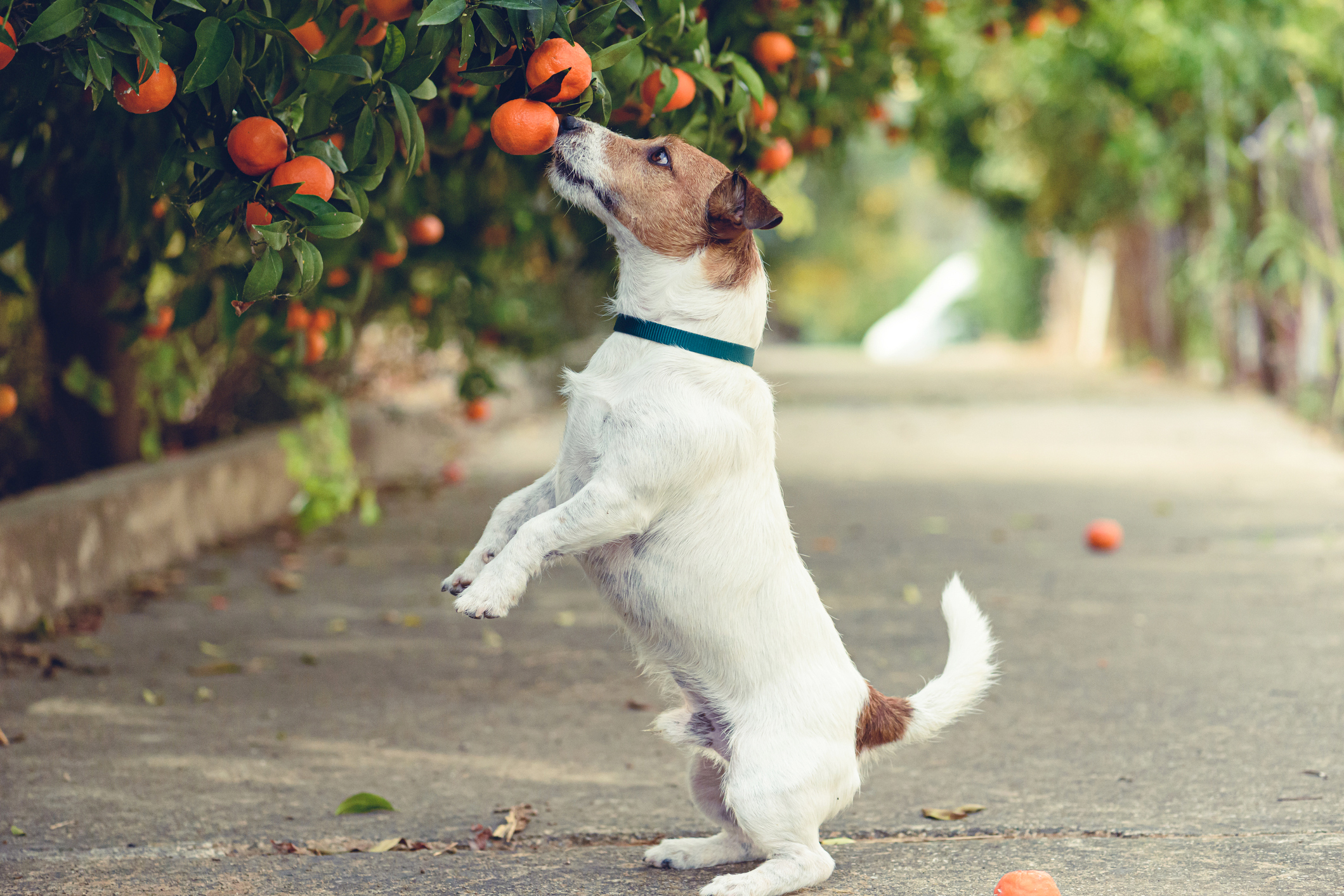Clementines are a citrus fruit, so many people wonder, can dogs eat clementines? This article discusses the health benefits of citrus fruits and whether they’re safe for dogs. These fruits are high in fiber and sugar, but are they safe for dogs? Read on to find out. You may be surprised! Here’s why:
Also Read: can dogs eat tilapia
Citrus fruits
Citrus fruits can be enjoyed by dogs in small amounts. Although citrus fruits contain vitamin C, potassium, and beta-carotene, they are also high in sugar. As a result, sharing citrus fruit with dogs regularly and in large amounts is not recommended. While dogs can enjoy oranges and tangerines, it’s important to know how much citrus should be given to your dog. Here are some tips for sharing citrus fruits with your dog.
Compared to humans, dogs can digest citrus fruit more easily. They can consume moderate amounts of citrus fruit between peels, but they should never eat large amounts. Remember to peel citrus fruits for your dog to avoid preventing stomach upset. Pears are a good snack for dogs because they are high in fiber, antioxidants, and copper. They can also help maintain a healthy digestive tract. But, pears should not be fed to dogs if they have diabetes.
Oranges are a safe fruit for dogs to eat, especially if the peel has been removed. They are rich in vitamin C and are safe to give your dog in small amounts. However, you should consult with your veterinarian before giving your dog oranges. Some parts of the fruit can be toxic to dogs, including the pith and stem. You should also remove the orange rind and a few other parts to ensure safety.
Coconut oil can be given to your dog. Oatmeal should be fed with coconut oil. Make sure to cook oatmeal with coconut oil so your dog can digest it properly. Coconut oil also has antibacterial properties and prevents parasites. Coconut oil can be applied directly to your dog’s skin or massaged into their coat for maximum absorption. It also supports the body’s thyroid and digestive systems. It’s worth mentioning that Target has discontinued Chaokoh coconut milk because it has been linked to a number of health issues, including obesity, diabetes, and other problems.
High in sugar
While clementines are a delicious treat for human consumption, they’re also high in sugar and calories. Although clementines can be healthy, they should only constitute about 10 percent of your dog’s diet. These fruits are also high in vitamin C, which helps maintain a healthy immune system. Vitamin C also helps reduce inflammation in joints and aids in collagen production. Clementines also contain potassium, an essential mineral responsible for maintaining a healthy nervous and cardiac system, as well as strengthening teeth and bones.
If you want to give your dog a clementine, make sure to peel it and remove the seeds before giving it to him. While clementines have few seeds, it’s still important to remove them and check them carefully. If your dog is allergic to them, don’t give them any clementines. Instead, give your dog a treat. If he doesn’t react, give him a smaller portion of the fruit the next time.
Clementines are a treat for dogs, but they can’t eat whole oranges. However, clementines are safe to feed to your dog if you remove the pith. Clementines have sugar and fiber, and if you don’t peel the orange, your dog may suffer from diarrhea or hurt stomach. If you’re worried about giving your dog citrus fruit, you can check Spoiled Hounds for more information.
While clementines are safe for dogs to eat, it’s important to monitor how your dog reacts to them and make sure you consult your veterinarian before introducing any new foods. Clementines may be good for you, but don’t overdo it! Besides being high in sugar and acid, clementines can also be a choking hazard. Therefore, it’s best to only feed clementines to dogs that are large enough to tolerate the extra calories.
Although oranges are generally safe for dogs, they should not be fed to pets with diabetes. This is because the natural sugar in oranges can affect your dog’s blood sugar levels, which could be dangerous if they’re fed in large amounts. Even small dogs should start off with one segment of orange, and gradually introduce more. However, it’s important to avoid feeding them to dogs with sensitive GI systems.
High in fiber
Clementines are an excellent food for dogs, as they are rich in fiber and Vitamin C. These fruit have high nutritional value, but some dogs may not like the taste or have problems digesting them. You should give them wedges and watch for any negative reactions. You should also talk to your vet before adding new foods to your dog’s diet. Clementines are safe for most dogs to eat.
While clementines are known for their small seeds, you should still check for them to ensure that they are seed-free. If they do contain seeds, skip them. Small dogs can tolerate a single slice of clementine a day. Larger dogs, on the other hand, can handle up to two slices. Remember to give a variety of treats to your dog to provide it with proper nutrition.
Despite being high in fiber, dogs may have digestive issues when fed clementines. A high-fiber diet may result in bloating, diarrhea, or other symptoms. While clementines contain a lot of fiber, you should only feed them in small quantities. A small portion will give your dog the opportunity to get used to the new food. But be sure to supervise his or her bowel movements for at least 24 hours.
While humans do brush their teeth twice daily, dogs do not. Citrus fruits are rich in fiber, and fiber can help keep your dog’s digestive system functioning properly. A dog that consumes large amounts of oranges will suffer from constipation. But it’s important to remember that oranges are also high in water and can be dangerous if over-fed. Using these citrus fruits in your dog’s diet is healthy for both of you.
Oranges can be given to your dog in small portions, but remember to remove the pith before giving it to your pet. Oranges are rich in fiber and vitamin C, but citrus fruits should not be given to your dog on a daily basis. Citrus fruits contain citric acid, and some dogs may have an allergic reaction. If your dog is sensitive to citrus fruits, the best way to determine if your pet has a citrus allergy is to visit your vet. If your dog experiences any gastrointestinal problems, your vet may recommend a different snack for your dog.
Safe for dogs
Clementines are a crossbreed between mandarin oranges and sweet oranges. They are reminiscent of tangerines, mandarin oranges, and other small varieties of orange. They were discovered by monks in Algeria in the late 19th century and come in three cultivated varieties: seeded, unpeeled, and seedless. Most citrus fruits are too tart for dogs, which rely on their sense of taste. Because they have far more sensitive taste buds than people, clementines can be a bit painful for dogs.
Clementines are not toxic to dogs, but citrus fruits are not safe for your dog. The peels and pithy white parts of citrus fruits are toxic to canines. Too much sugar can cause gastrointestinal upset, tooth decay, and obesity. Citrus fruit peels are also harmful to dogs because they can get lodged in the intestines and cause obstructions. Therefore, if you want to keep your dog healthy and happy, it’s better to avoid citrus fruits altogether.
Clementines are not toxic to dogs, but they can be dangerous if you give them too much of them. They are a safe snack for your dog, but it’s still best to consult with a vet before giving them an orange. Although clementines are a safe treat for dogs, the high sugar content may cause digestive upset. If your dog suffers from diabetes or other conditions related to sugar, it is a good idea to limit their consumption. In addition to their sugar content, clementines are also high in potassium, which can irritate a dog’s sensitive digestive system.
Vitamin C helps improve your dog’s immune system. The antioxidant action of vitamin C protects cells from oxidative damage caused by free radicals. Free radicals are unstable molecules with unpaired electrons. They steal electrons from other molecules. These damaged cells lead to chronic health problems and premature aging. Some free radicals are produced naturally by your dog’s body while others are caused by toxins in his environment.







